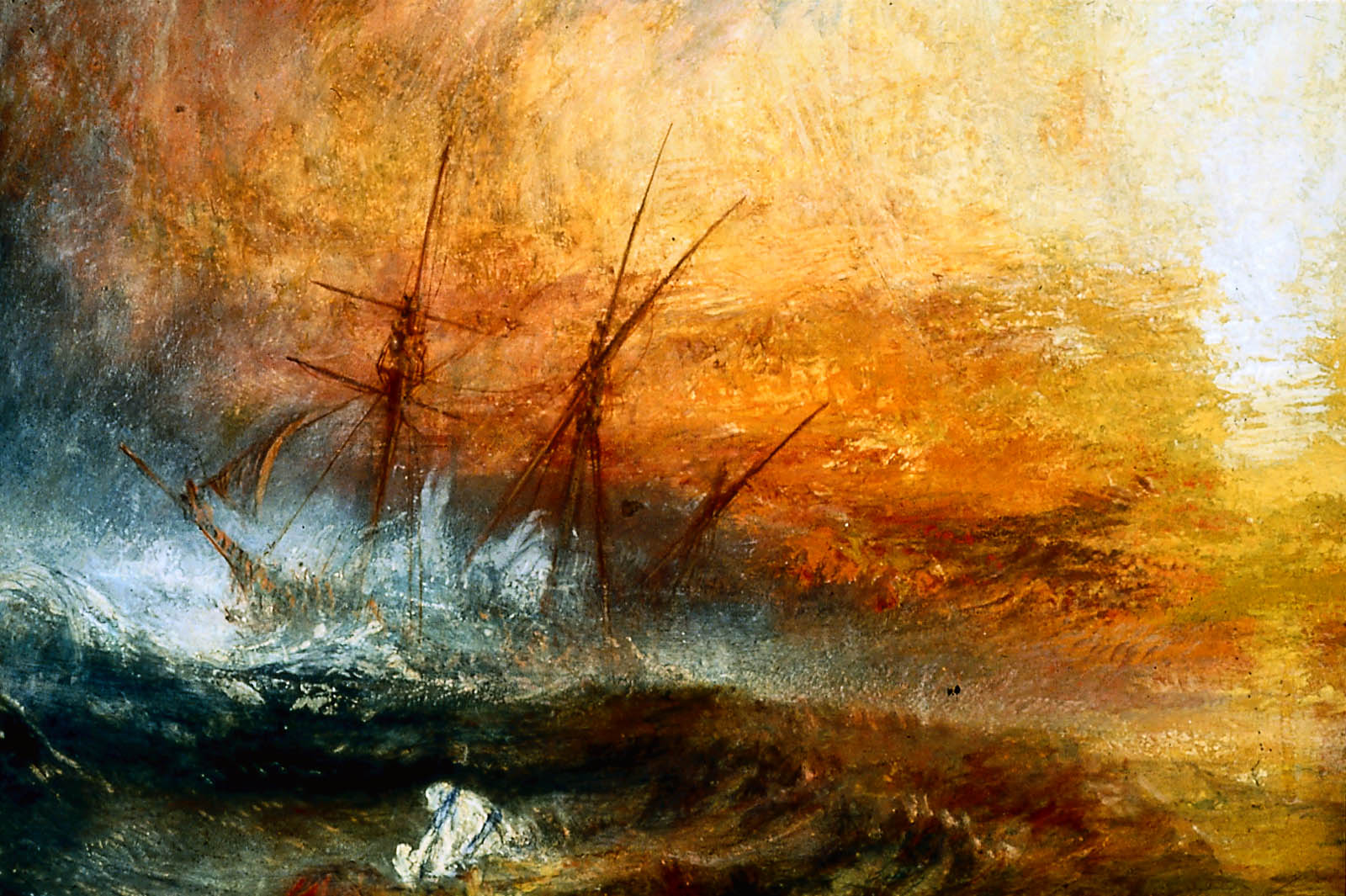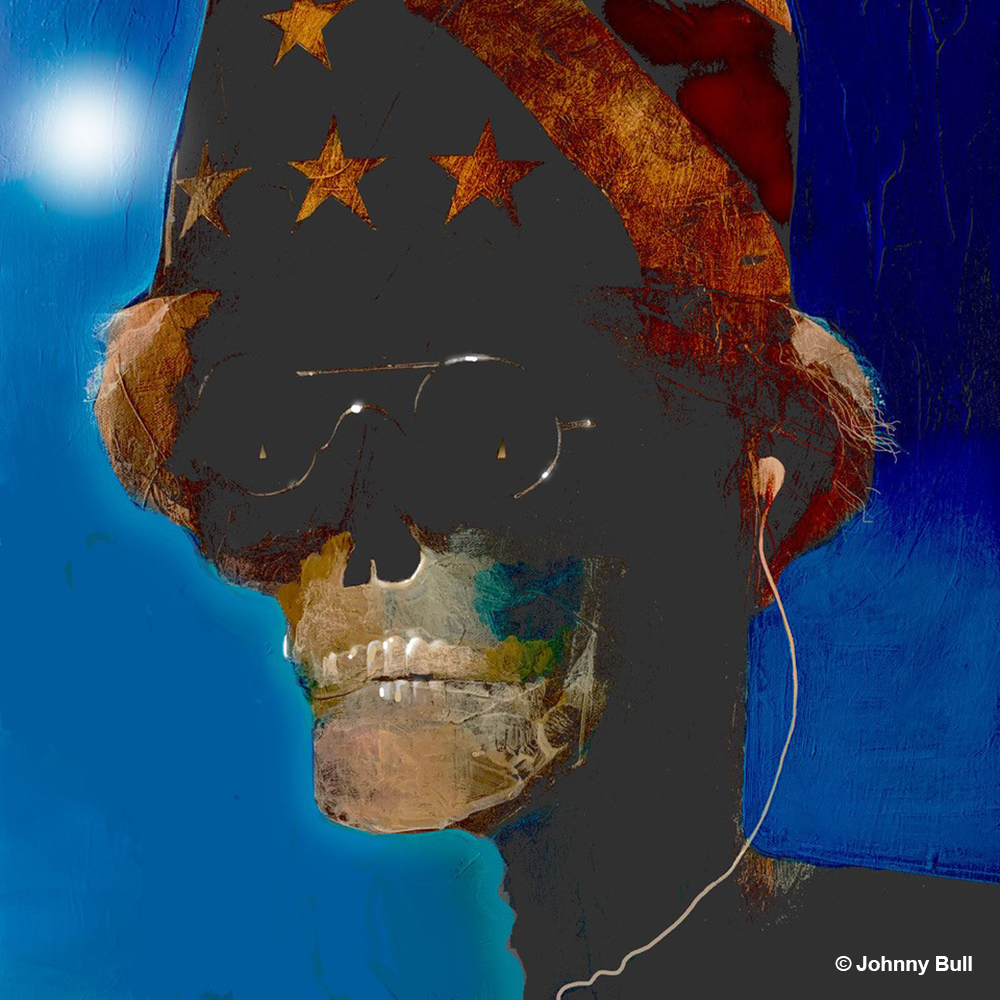The Black Atlantic & Lincoln In The Bardo
These two books were so intimidatingly good it’s taken me a while to work up the courage to outline why I recommend them.
The Black Atlantic – Modernity and Double Consciousness is my first dip into Black cultural theory, having been recommended Paul Gilroy and Stuart Hall’s work in the field. Be warned, the text is densely argued and it assumes the knowledge and reading of other academics in his discipline. It was hard going for me.
The book demonstrates, through analysis of the works of predominantly Black academics, creators and musicians, how Black culture has evolved in the west. Insofar as the vehicles for the transmission of Black culture and the recursive vernaculars of cultural influence and exchange were quite literally the slave ships for many centuries, Gilroy defines it as a ‘Black Atlantic’ culture – transcending nationalism and ethnicity – originating in the ‘triangle’ of Africa, Europe and America that bounds the Atlantic Ocean.
That culture generally is not bounded by geography seems almost too trivial a statement to have hit me as hard as it did, by which I mean, I’d not really thought through what it meant for how I think about identity. For Gilroy, a Black identity becomes a more precious and important thing in the face of societies where systemic racism is prevalent. It appears lost on those who would point out Black solidarity as being somehow separatist or racist in its own way that the leaning into this identity comes from being told and shown, in word and deed, in policy and law, that the national or dominant cultural identity a Black person might assume is naturally theirs tolerates or enables hostility to such persons in its warp and weft. To talk of identity is to talk of belonging. Could I be proudly Welsh, could I feel I belong, if my experience of Wales and Welsh people was one of vilification and racism on the grounds of the other aspects of my identity? Which spurred the thought that one might identify more strongly with other aspects of one’s identity when one’s sense of belonging to a community and nation is degraded by its antagonism towards those aspects of oneself. The discrimination creates the schism. It is beyond the scope of this post to explore how a cultural and national identity can ever be considered to be mapping the same ground, but it feels obvious to me that cultural currents ebb and flow through homogeneous nation states as people and ideas do. The internet has only amplified this. Gilroy argues that forms of political and economic domination are similarly transnational, a truism given the nature of global trade. What then remains of an identity that purports to originate wholly within a nation’s boundaries?
Gilroy makes a point in his introduction that returns me to concerns Mark Fisher’s book raised regarding the reification of identity.
The emphatically national character ascribed to the concept of modes of production (cultural and otherwise) is another fundamental question which demonstrates the ethnohistorical specificity of dominant approaches to cultural politics, social movements and oppositional consciousness.
Reference to a ‘national character’, to ‘Englishness’ (or Welshness) could be seen to evolve from, rather than fixedly bind, a society’s expression of itself. Individuals will adhere to that national character many qualities. Against the salience of immigration a proportion of society, for example, in perceiving that national character to be under threat, will amplify ethnic or ‘race’ aspects of identity to be key markers, while against other immigrants, such as Muslims, the longstanding dominant Christian faith is amplified. Why? (And why not older faiths?) Gilroy points out that an ‘English’ national character will have been defined by its imperial dominion and the influences returning to it (Orientalism? and then crucially, the shift in attitude towards the exploitation of slaves) as much as any homegrown elements of an ‘English’ identity. The erasure of Black people’s contributions to our notions of Englishness and our many achievements are mentioned again in the introduction with specific reference to Oluada Equiano, a man whose work was central to the origin of working class politics in this country. A reckoning with the role of Black people, from slaves to citizens across the centuries is underway in recent years more publicly than it has ever been (from my limited viewpoint at least.)
It is the inversion in Gilroy’s comment that I find interesting. We find it easy to begin with ‘nations’ and go from there to culture, but he suggests a way of thinking about social structures (capitalistic, obviously) that might begin there and upon which national character could be tagged.
There’s a particular passage that helped me understand better ‘identity’ and the endemic challenge of multiculturalism:
Black identity is not simply a social and political category to be used or abandoned according to to the extent to which the rhetoric that supports and legitimises it is persuasive or institutionally powerful (my emphasis)…it is lived as a coherent…experiential sense of self.
This applies to identity generally. There are diverse senses of self within the umbrella of ‘British’ or ‘English’. Aspects of them may well be contradictory. It behoves us to reflect on the extent to which any such contradictions have a robust and evidenced basis. My own view, that I hope to develop further in the years to come, is that a common ground of citizenship, deeds and principles form a solid base of a national and cultural identity. It is the particulars here that must transcend ethnic and religious tenure, not in order to negate them, but to acknowledge them as being complementary to this core of what it would mean to be ‘British.’ Social memory creates the chain of tradition. It has been flawed and these flaws are being uncovered. And it cannot end. Recognising it is important, though secondary to adequately defining it. A more robust social memory can inform the common basis of a national identity.
Nations can ‘guarantee’ continuity of ethnicity, and perhaps also the artifacts of politics, government particularly, that provide cross generational touchstones of stability, from the rule of law and democratic governance structures through to the tying to birthplace the achievements of a nation’s citizens. It is a recursively strengthening but, crucially, evolving story. The challenge for Black people has, since the centuries of mass slavery, that they find themselves a diaspora, their ethnicities and histories, their biographies erased. The book explores the many ways Black artists, musicians and thinkers have expressed both the challenges and the solutions to an identity. Some would look not to find that identity in their African heritage, but ‘a common orientation to their future emancipation’. Gilroy makes this point, regarding a quote from William Blake:
Blake is useful to this chapter’s argument against ethnic absolutisms because its affirmation of the intercultural and transnational is more than enough to move discussion of black political culture beyond the binary opposition between national and diaspora perspectives. The suggestive way that it locates the black Atlantic world in a webbed network, between the local and global, challenges the coherence of all narrow nationalistic perspectives and points to the spurious invocation of ethnic particularity to enforce them and to ensure the tidy flow of cultural output into neat, symmetrical units.
The Black diaspora has been instrumental in the evolution of and the success of the nations that have diminished or erased its contribution. Europe and the United States are indelibly altered and enriched by the Black diaspora’s contribution to their cultures in so many fields, but particularly with music. Denied literacy and education for so long, music became the most significant expression of the Black experience. There’s no clearer proof of the argument of this book than in Black music’s ubiquity globally today.
Lincoln In The Bardo by George Saunders takes the events of the death of Abraham Lincoln’s young son, and in particular the story that Lincoln would visit the crypt where his son lay to hold his body as its starting point and then weaves a fantastical and quite original tale around it. Saunders uses ghosts that haunt the ‘bardo’ (the name for a space between death and rebirth) as both protagonists and observers. This is interspersed with many sources (some fictional) documenting both the events around the death of young William, Lincoln’s position as president at this moment in the Civil War and, thereafter, the grief that ate away at him and his wife.
There’s a great deal of humour and pathos in the wonderfully Dickensian cast of ghosts, and Lincoln’s visit to the crypt, the power of his love for his son, acts as an existential disruption to their world within the graveyard. Through them Saunders builds out Lincoln’s Washington in the lives they remember living and also explores their fears regarding the fate they are trying to avoid but that they know awaits them.
There’s no more to be said for the sake of spoilers regarding the story, except that Saunders’ writing shares the qualities I admire in Ian McEwan, a clear and direct prose in service of an unforgettable and utterly original story.






